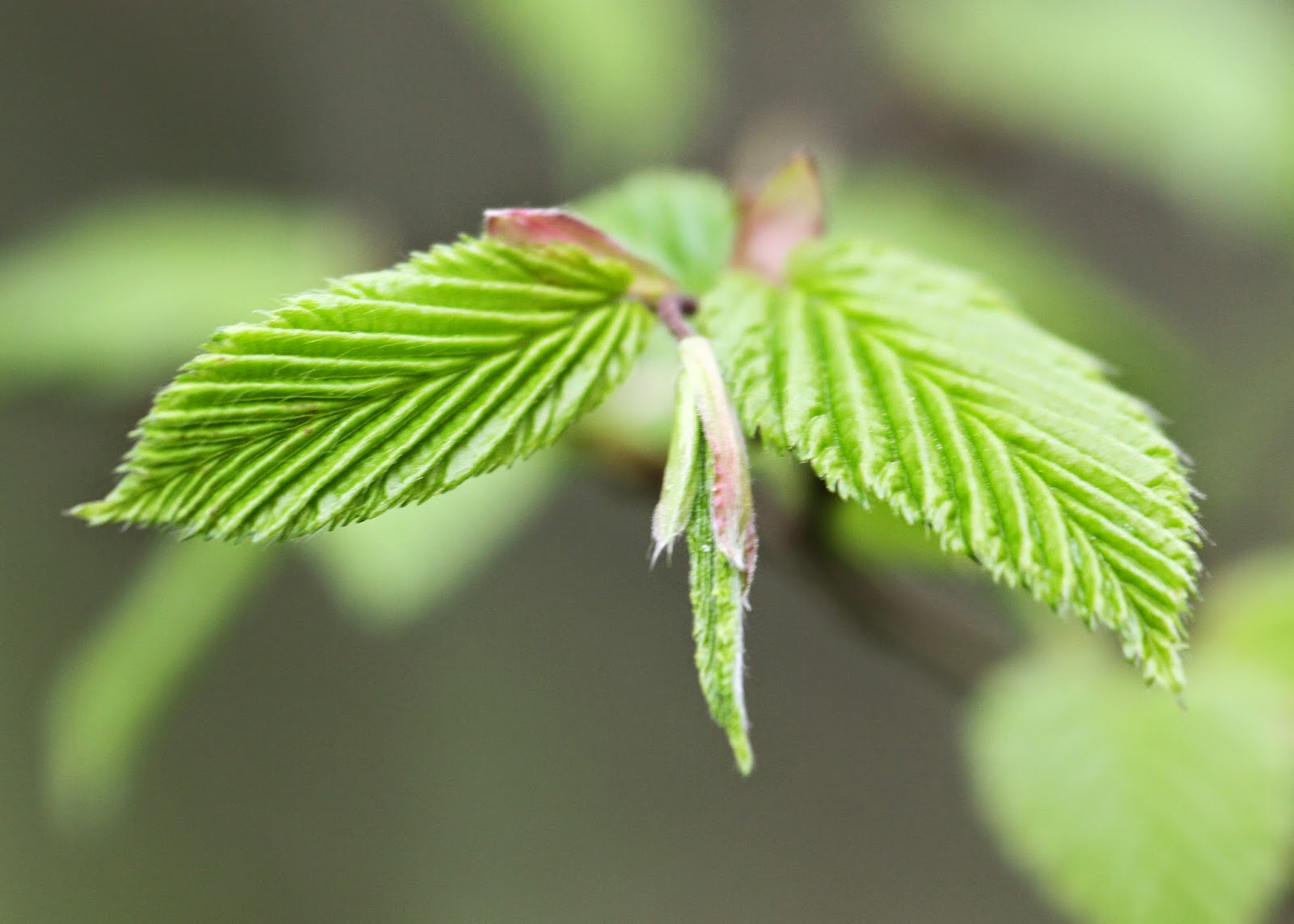A very pleasant walk around Holborough Marshes, starting off in warm sunshine, getting gradually cooler and just caught by the first start of the rain as we approached the car at 6:30 p.m. Then off to Pam's for lamb champ chops cooked by Paula, with Monty smelling strongly of the marsh ditchwater. Nightingales singing strongly!
In the narrow strip of woodland leading out to the river wall just at the start of the reserve, there were four Speckled Wood, Pararge aegeria, all of them that I saw likely to be males. They were in apparently obvious territories, from ground level to about waist height, and I saw one duel. One was already quite battered, and it seems that each individual adult only survives for approximately one week, perhaps feeding off honeydew up in the canopy. These will have over-wintered as chrysales. There will also be over-wintering caterpillars, an almost unique scenario amongst butterflies to have these two options, which still have to form chrysales and which will then be on the wing from sometime in May in their turn, peaking in June. It was impossible to tell if there were three spots or four spots on the top of the hind-wing in these insects.
This is the same butterfly's head in close-up, demonstrating the irridescent hairs:
While photographing the Speckled Woods, the camera caught the underside of a Greater Celandine leaf, Chelidonium majus, with its long thin silky hairs:
Here are the flowers of the Greater Celandine, with the same silky hairs, this time on the outside of the sepals.
One of the high points was a female Gooden's Nomad Bee, Nomada goodeniana on a Dandelion flowerhead (Taraxacum officinale) - apparently they seem to be seen on these quite often . The lack of any red on the abdomen, the unbroken yellow bar on T2, the yellow tegulae, the yellow tubercules (many on this specimen) all point to this species. The orange antennae have no black on them and have only 12 segments, the eyes are reddish rather than green spotted and the abdomen has only 6 tergites, so this is a female.
In this side view the pattern of yellow bands on the tergites and sternites of the abdomen can be seen, as well as the long mouthparts seeking the pollen or nectar in the capitulum.





























